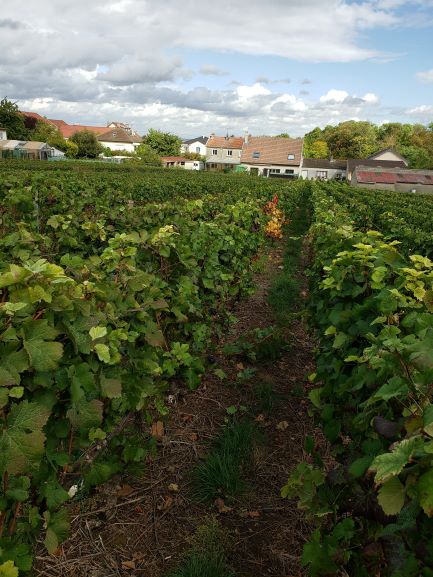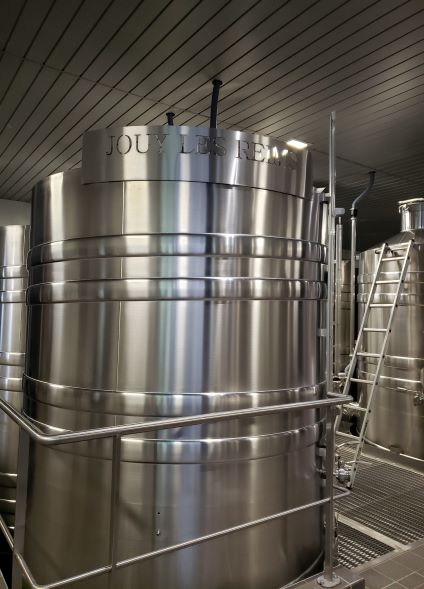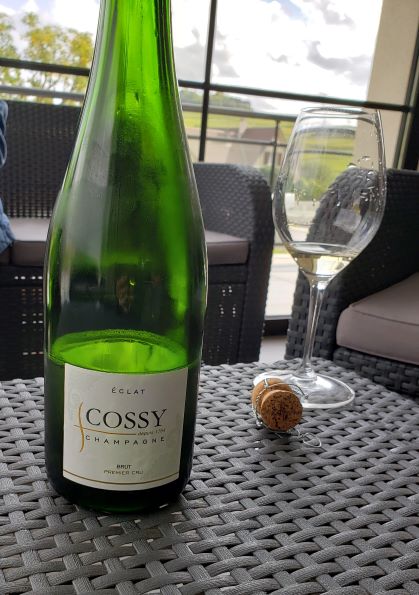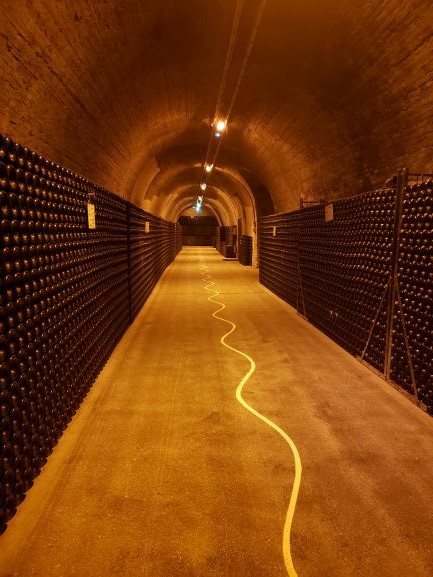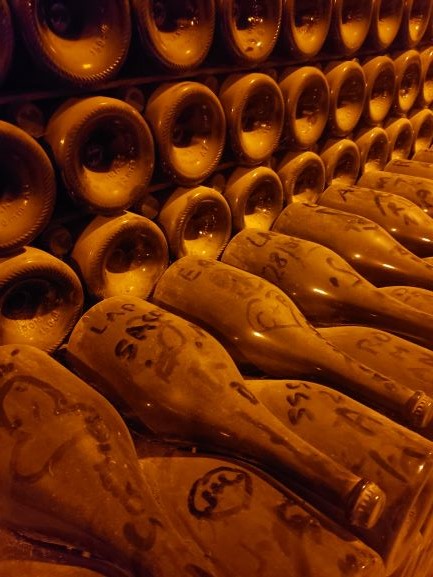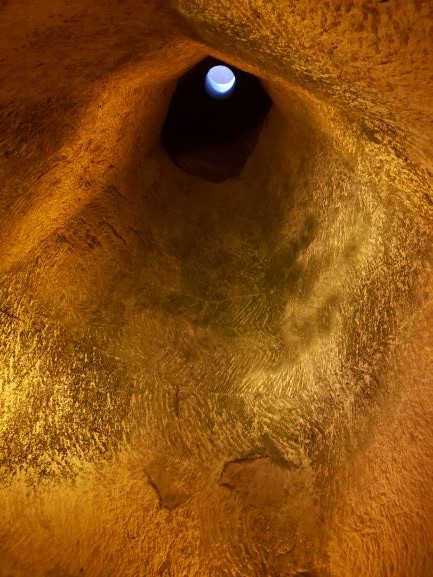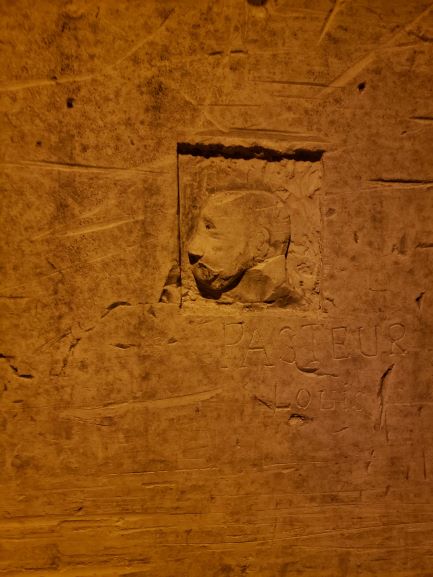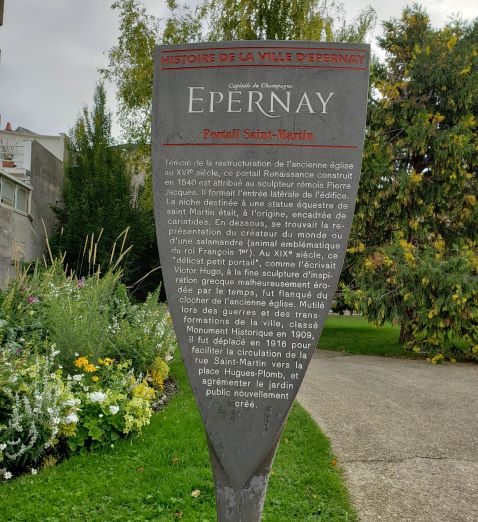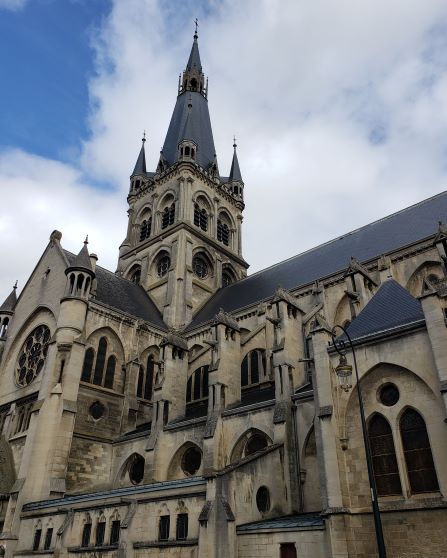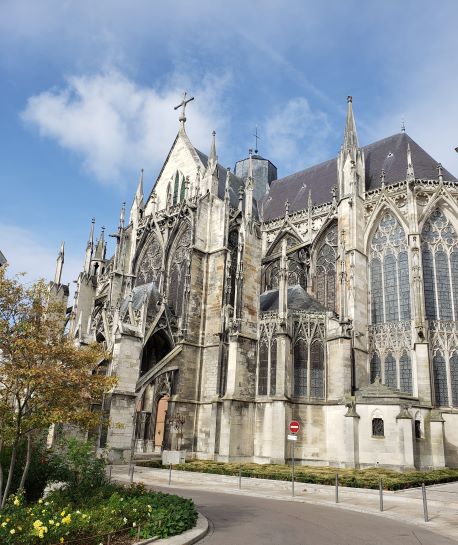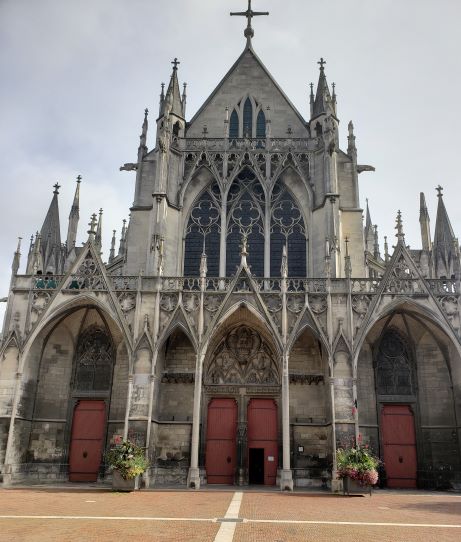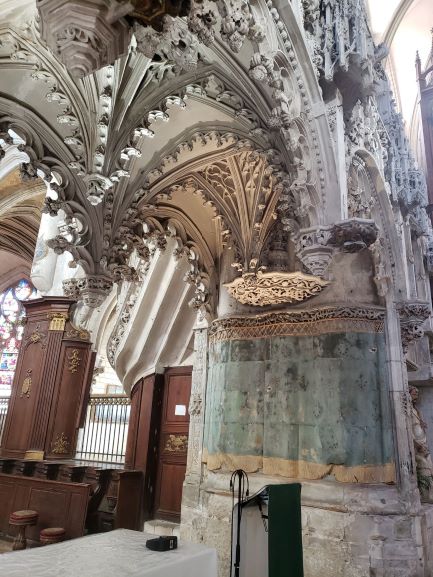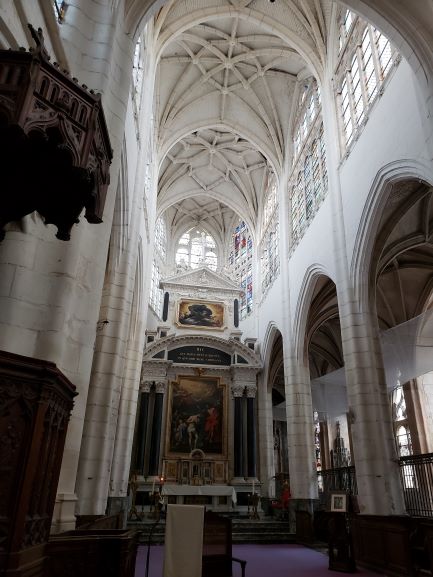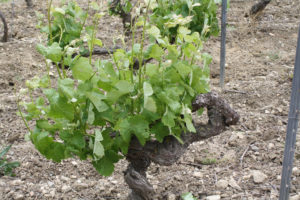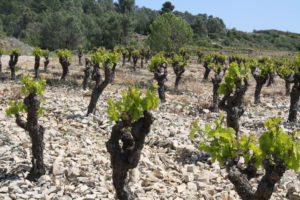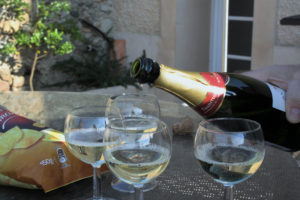Pommery Champagne House
Not only does Pommery produce an amazing dry Champagne, the history surrounding Madame Pommery is truly an interesting aspect of this house.
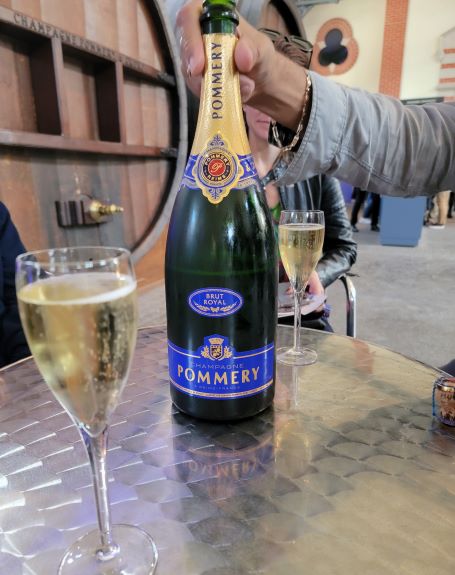
She was one of the great Champagne widows of the 19th century. She is the one you can credit with bring the sweeter sparkling wines to a dryer Champagne. Pommery was born in 1819 and married into a prominent wool family in Reims, France. Once her two sons were born, her husband left the wool industry and dived into the wine business. Two years later, he died. She was only 38 years old.
At that point she decided to carry on with his wine business, changing the business plan fairly quickly from red wines to sparkling wines. She had the uncanny ability to see that the English market would take a liking to delicate, fine, dry Champagne. And, it did.
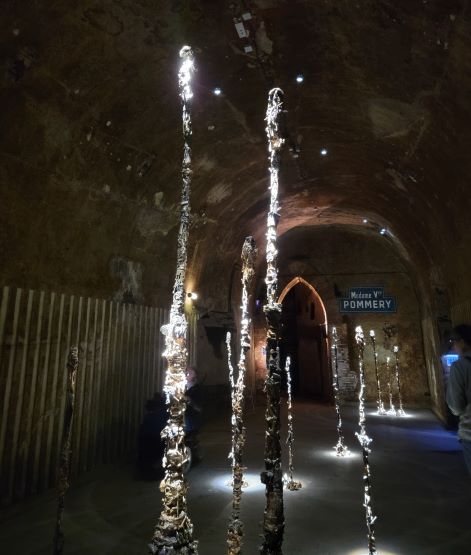
Ahead of her time, she created Pommery Nature in 1874, the first brut Champagne that had major commercial success. In 1868 she decided to relocate to a different place and launched the “construction site of the century” in Reims. She used the crayeres chalkpits as wine cellars. French and Belgian miners had dug into the earth an interconnected set of tunnels.
Today, the variety of grapes used, the quality of the harvest, the selection of vintages for blends, and the time spent ageing in the cellar all add to the special flavors of Pommery Champagne.
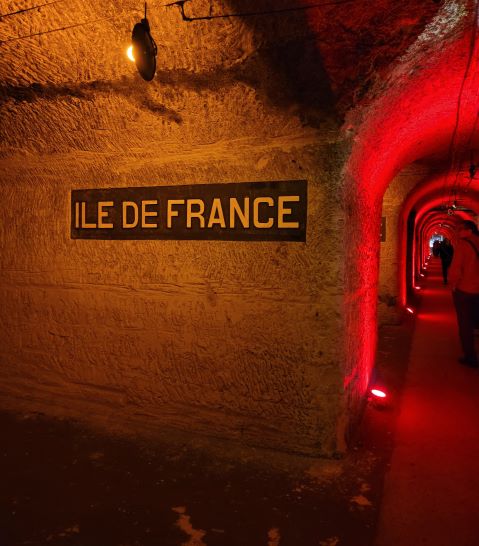
So many processes and procedures go into making this Champagne, with oenologists and the Cellar Master testing the entire way. This ensures Pommery’s distinctive aroma, flavor, and quality will be there in every bottle.
Take a tour, taste the Champagne, and do not miss the lower level of galleries. The staircase alone is amazing if not monumental. With 116 steps down is the only connection to the lower level of caves from the main level.
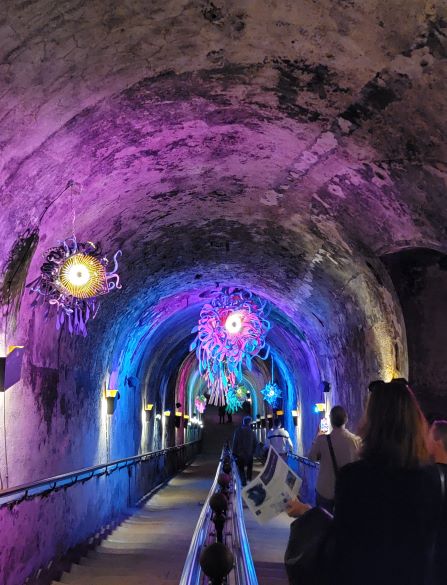
Art, sculptures, and rotating exhibits are tastefully arranged throughout the lower level. The Pommery Champagne house is not only a feast for your mouth…it’s a feast for your eyes as well.
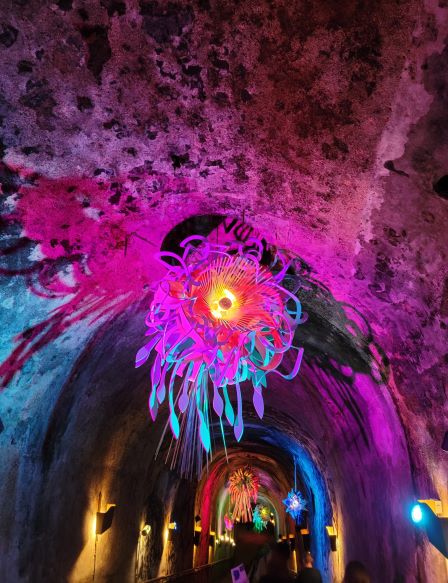
Cheers!
If You Go: Pollery is located at 5 Place du General Gouraud, Reims, France
